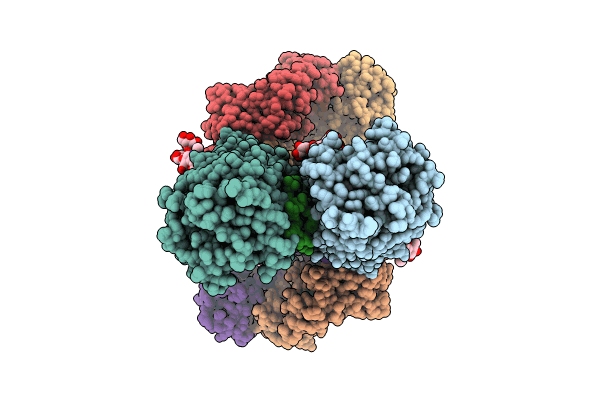
Deposition Date
2023-07-12
Release Date
2024-07-17
Last Version Date
2024-11-20
Entry Detail
PDB ID:
8TG9
Keywords:
Title:
Complex of NPR1 ectodomain with ANP plus an allosteric activating antibody, REGN5381
Biological Source:
Source Organism:
Homo sapiens (Taxon ID: 9606)
Mus musculus (Taxon ID: 10090)
Mus musculus (Taxon ID: 10090)
Host Organism:
Method Details:
Experimental Method:
Resolution:
3.08 Å
Aggregation State:
PARTICLE
Reconstruction Method:
SINGLE PARTICLE


